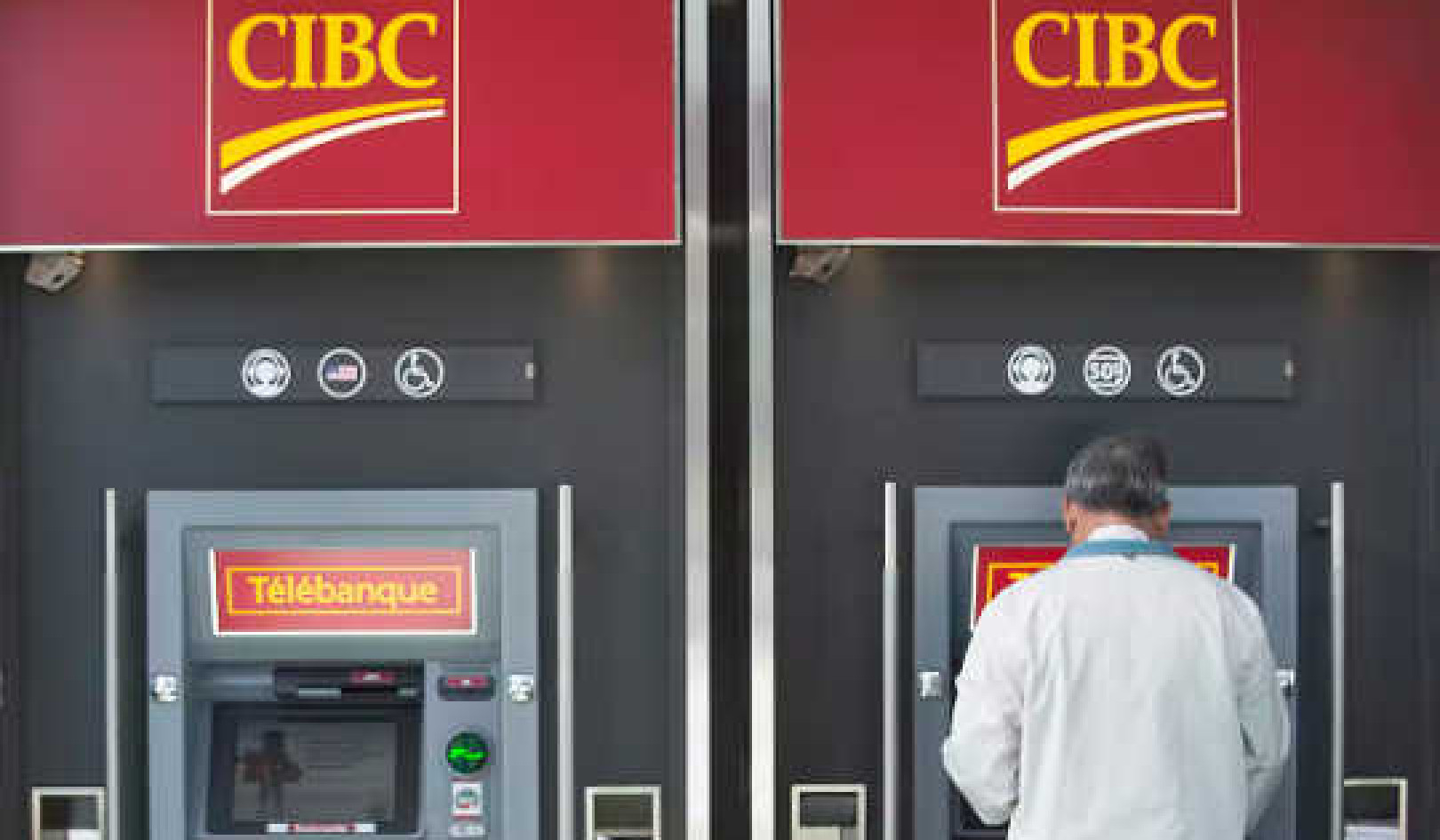
Discounters have long copied more established brands – but now it’s working the other way too. TescoUK shoppers have specific preferences when it comes to their favourite supermarkets. M&S was voted as the best in a recent survey, followed closely by German discounter Aldi (Waitrose, Tesco and Sainsbury’s were next). Aldi’s position is evidence of how discount retailers are reshaping consumer perceptions and the sector as a whole.
Consumers probably expect a budget supermarket to copy from more upmarket counterparts to signal quality to shoppers. We just need to look to the case of Aldi’s copycat caterpillar Cuthbert – a cheaper version of M&S’s Colin, to see that.
But now we’re seeing a reversal of this trend. Tesco’s Clubcard design was recently found by the High Court to be copying the Lidl logo. So why would a giant like Tesco copy this big yellow label? UK consumers perceive Lidl as a lower-end supermarket. Tesco is not.
The success of the Clubcard logo lies in the brand image that consumers associate with Tesco. The store makes use of the perception that it’s not cheap, unlike Lidl. Tesco allows Clubcard owners to access branded products at discounted prices, through Clubcard membership. It still maintains its brand image as one of the “big four” supermarkets, as well as a retailer that provides benefits with a membership.
Tesco is not the only retailer to adopt this approach. Sainsbury’s is shifting from allowing consumers to collect loyalty points on a Nectar card to focusing on Nectar Prices, where they also provide discounts via membership. This approach enables Tesco and Sainsbury’s to communicate a clear message to their consumers: stay loyal to us and we’ll treat you differently with lower prices for the premium products.
In addition to membership benefits, these retailers also emphasise their new lower pricing strategies – with explicit reference to discount rival Aldi – on certain products. Tesco asks consumers to look out for the red Aldi Price Match bubble, and Sainsbury’s adopts a similar approach for products, again explicitly communicated as an Aldi Price Match.
Unsurprisingly, other retailers like Morrisons and Asda recently introduced similar schemes, leading this pricing approach almost to be a sector norm. In acknowledging that their offer faces stiff competition from discounters, they’re trying to keep up with Aldi and Lidl. And with consumers now expecting price matches, the supermarkets are also attempting to keep pace with each other.
So why are we seeing this shift towards loyalty cards and explicit comparisons to lower-end rivals? One answer could be because loyalty cards are a good way to collect consumer data. However, the best answer would be that the supermarkets are adapting to meet the changing demands of consumers in an increasingly price-conscious market.
Consumer behaviour is developing a more frugal focus due to the effect of inflation and pressure of the UK’s rising cost of living on consumers. Food price inflation had been especially high, rising sharply in the last few years, with a record peak of 19.2% in March 2023, now around 4% from March 2024.
In the ten years after the 2008-2009 financial crisis, average earnings stayed relatively low, and disposable income hasn’t seen much growth either. These factors have affected confidence in the retail sector. Although there has been a slight growth since late 2022, consumer confidence remains well below pre-pandemic levels.
Colour coding
These economic pressures are driving supermarkets to rethink their pricing strategies and product offerings, leading to the “copying down” approaches. On average, consumers take only 13 seconds to make a purchase decision in-store, and some studies show this to be as little as five seconds. That’s why these messaging strategies like colour and name-checking rivals are so important.
Most often the first thing consumers see when entering a supermarket is the fruits and vegetables. There is a very simple reason for seeing the “greens” first – consumers associate the colour with freshness and health, and it has a calming effect on the brain, reducing stress and anxiety.
Consumer research shows us that colours have a clear effect on our feelings and purchasing behaviour. Yellow has been associated with happiness, and in general warm colours make us think the temperature is warmer than it actually is. Yellow and red also appeal to impulse buyers.
So when we see a yellow sticker in Tesco, we get a special deal, and this leads to a temporary feeling of pleasure or excitement – that sudden rush of dopamine often referred as “shopper’s high”. And Lidl was already there with the big yellow circle branding that was to become so contested. It’s not a coincidence that other grocery retailers have long been using yellow stickers for cut-price items as well. Tesco’s red price-match bubble signifies urgency and excitement.
As food prices continue to rise across almost all product types, the cost of the weekly shop is becoming an issue for more UK households. It’s probably not surprising therefore that supermarkets now see their most potent weapon as price rather than the perception of luxury.![]()
Melisa Mete, Lecturer in Marketing, Henley Business School, University of Reading
This article is republished from The Conversation under a Creative Commons license. Read the original article.
Recommended books:
Capital in the Twenty-First Century
by Thomas Piketty. (Translated by Arthur Goldhammer)
 In Capital in the Twenty-First Century, Thomas Piketty analyzes a unique collection of data from twenty countries, ranging as far back as the eighteenth century, to uncover key economic and social patterns. But economic trends are not acts of God. Political action has curbed dangerous inequalities in the past, says Thomas Piketty, and may do so again. A work of extraordinary ambition, originality, and rigor, Capital in the Twenty-First Century reorients our understanding of economic history and confronts us with sobering lessons for today. His findings will transform debate and set the agenda for the next generation of thought about wealth and inequality.
In Capital in the Twenty-First Century, Thomas Piketty analyzes a unique collection of data from twenty countries, ranging as far back as the eighteenth century, to uncover key economic and social patterns. But economic trends are not acts of God. Political action has curbed dangerous inequalities in the past, says Thomas Piketty, and may do so again. A work of extraordinary ambition, originality, and rigor, Capital in the Twenty-First Century reorients our understanding of economic history and confronts us with sobering lessons for today. His findings will transform debate and set the agenda for the next generation of thought about wealth and inequality.
Click here for more info and/or to order this book on Amazon.
Nature's Fortune: How Business and Society Thrive by Investing in Nature
by Mark R. Tercek and Jonathan S. Adams.
 What is nature worth? The answer to this question—which traditionally has been framed in environmental terms—is revolutionizing the way we do business. In Nature’s Fortune, Mark Tercek, CEO of The Nature Conservancy and former investment banker, and science writer Jonathan Adams argue that nature is not only the foundation of human well-being, but also the smartest commercial investment any business or government can make. The forests, floodplains, and oyster reefs often seen simply as raw materials or as obstacles to be cleared in the name of progress are, in fact as important to our future prosperity as technology or law or business innovation. Nature’s Fortune offers an essential guide to the world’s economic—and environmental—well-being.
What is nature worth? The answer to this question—which traditionally has been framed in environmental terms—is revolutionizing the way we do business. In Nature’s Fortune, Mark Tercek, CEO of The Nature Conservancy and former investment banker, and science writer Jonathan Adams argue that nature is not only the foundation of human well-being, but also the smartest commercial investment any business or government can make. The forests, floodplains, and oyster reefs often seen simply as raw materials or as obstacles to be cleared in the name of progress are, in fact as important to our future prosperity as technology or law or business innovation. Nature’s Fortune offers an essential guide to the world’s economic—and environmental—well-being.
Click here for more info and/or to order this book on Amazon.
Beyond Outrage: What has gone wrong with our economy and our democracy, and how to fix it -- by Robert B. Reich
 In this timely book, Robert B. Reich argues that nothing good happens in Washington unless citizens are energized and organized to make sure Washington acts in the public good. The first step is to see the big picture. Beyond Outrage connects the dots, showing why the increasing share of income and wealth going to the top has hobbled jobs and growth for everyone else, undermining our democracy; caused Americans to become increasingly cynical about public life; and turned many Americans against one another. He also explains why the proposals of the “regressive right” are dead wrong and provides a clear roadmap of what must be done instead. Here’s a plan for action for everyone who cares about the future of America.
In this timely book, Robert B. Reich argues that nothing good happens in Washington unless citizens are energized and organized to make sure Washington acts in the public good. The first step is to see the big picture. Beyond Outrage connects the dots, showing why the increasing share of income and wealth going to the top has hobbled jobs and growth for everyone else, undermining our democracy; caused Americans to become increasingly cynical about public life; and turned many Americans against one another. He also explains why the proposals of the “regressive right” are dead wrong and provides a clear roadmap of what must be done instead. Here’s a plan for action for everyone who cares about the future of America.
Click here for more info or to order this book on Amazon.
This Changes Everything: Occupy Wall Street and the 99% Movement
by Sarah van Gelder and staff of YES! Magazine.
 This Changes Everything shows how the Occupy movement is shifting the way people view themselves and the world, the kind of society they believe is possible, and their own involvement in creating a society that works for the 99% rather than just the 1%. Attempts to pigeonhole this decentralized, fast-evolving movement have led to confusion and misperception. In this volume, the editors of YES! Magazine bring together voices from inside and outside the protests to convey the issues, possibilities, and personalities associated with the Occupy Wall Street movement. This book features contributions from Naomi Klein, David Korten, Rebecca Solnit, Ralph Nader, and others, as well as Occupy activists who were there from the beginning.
This Changes Everything shows how the Occupy movement is shifting the way people view themselves and the world, the kind of society they believe is possible, and their own involvement in creating a society that works for the 99% rather than just the 1%. Attempts to pigeonhole this decentralized, fast-evolving movement have led to confusion and misperception. In this volume, the editors of YES! Magazine bring together voices from inside and outside the protests to convey the issues, possibilities, and personalities associated with the Occupy Wall Street movement. This book features contributions from Naomi Klein, David Korten, Rebecca Solnit, Ralph Nader, and others, as well as Occupy activists who were there from the beginning.
Click here for more info and/or to order this book on Amazon.























